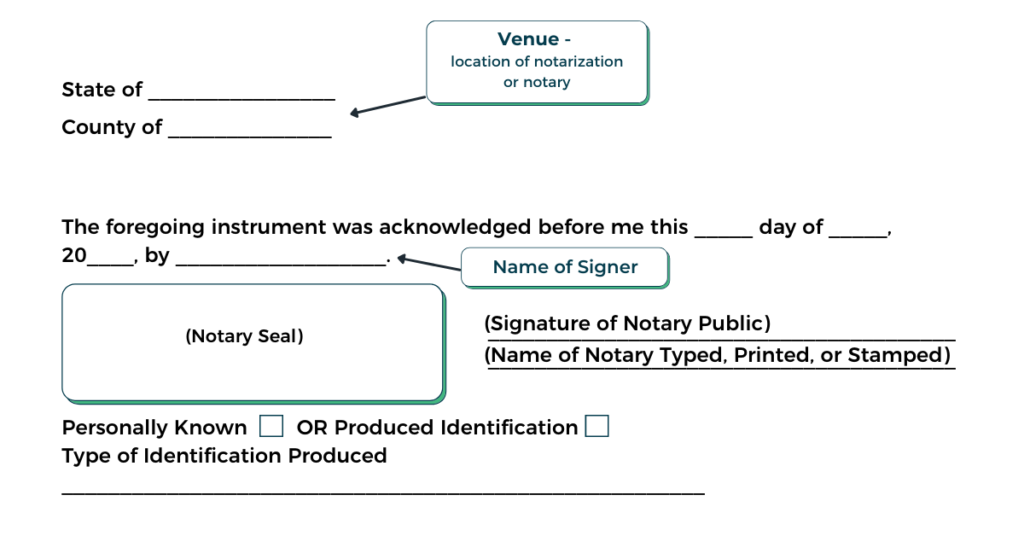
Amanda Farrell - 3 years ago

Documents require notarization for all kinds of reasons. Some of the paperwork, like affidavits, are part of court procedures, some are part of legally binding contracts in business transactions, and others serve as recording instruments in land record systems. Real estate documents need a notary and are kept in the public record after notarization.
Unfortunately, if a recording instrument, like a deed, mortgage, deed of trust, easement, or deed restriction, isn’t properly drafted and executed, the recording jurisdiction is likely to reject the document.
Title agents, real estate attorneys, lenders, and other real estate professionals want to work with meticulous notary signing agents. Here are some reasons for rejection and how notaries play an essential role in preventing these problems.
Some reasons for document rejection are out of control of the notary, like:
In other cases, the notary can catch errors like:
Notaries have some control in preventing the rejections of critical recording instruments. Here are some ways a notary can help:
Although it’s not the responsibility of the notary to draft a legal document, a notary should confirm:
Visually scan the documents to see if there are issues with the image quality, spacing, or margins. If you see any apparent formatting problems, let the signer or party responsible for drafting the document know.
There are three common types of notarizations, and each requires specific verbal ceremonies. Filling in the blanks on the corresponding notarial certificate incorrectly or leaving anything blank will lead to rejection at the recording jurisdiction.
If witness signatures are required, and you as the notary aren’t allowed to double as a witness, let the signer know they’ll need to provide one.
💡 Notary Tip: Most states have examples of the most up-to-date wording of various notarial certificates. Since the introduction of remote online notarization, many states, like Florida, have updated the certificate to reflect this latest method of notarization. Review this wording to make sure documents have the correct statement.
There are nine essential elements to a notarial certificate. Each needs to be completed correctly. Pay careful attention to the venue and the names printed in the document.
One of the top reasons for document rejection includes filling out the venue incorrectly or leaving it blank. The venue documents the place (state and county) where the notarial ceremony took place.

In the case of remote online notarization, the venue is determined by the location of the notary, not the signer. If a mobile notary is assigned to gather signatures and notarize documents, the venue will be based on the location where the notarial act took place.
While real estate documents are recorded in the recording jurisdiction of the property, interstate recognition requires officials in one state to legally honor any document that is properly executed by a commissioned notary of another state.
Another commonly cited reason for rejection is that signatures and names don’t match exactly. The name of each person requiring a signature should be identical throughout the body of the instrument. For instance, if a signer’s full name is John Jacob Smith and referenced as such in the document, instruct him to sign his full name. Ensure that the corresponding printed name beneath the signature line and in the notarial certificate matches.
If your notary commission and stamp list your full name, you should also be sure your signature matches this information.
In addition to the venue and names, ensure the date, type of identification, and all other elements are correct.
❌ Do not blackout, redact, or erase with correcting fluid incorrect information
✅ Draw a single line through the incorrect information, print or write the correct information above, and place your initials next to it.
✅ Make a note of the correction in your journal
Another common cause for document rejection is a notary stamp that’s too light, smudged, illegible, placed over text or signatures, or expired.
Notarial certificates will have space for the seal or stamp. Take care to place the seal in the appropriate place. If a seal impression is too light or smeared, don’t attempt to fill it in with pen and ink as this may indicate tampering and cause the document to be challenged in court.
There are two options to fix a bad notary seal:
The video below provides more details on how to do this.
Taking on work as a notary signing agent means you’ll be handling critical closing documents. Some of these will require notarization, while others only need a signature. Before your first loan signing assignment, get comfortable with performing general notarial ceremonies and familiarize yourself with standard loan documents.
Whether you’re notarizing a closing packet with hundreds of documents or a single warranty deed, remember the basic best practices:
Relate Reading: 7 Tips for Your First Loan Signing
If you notice any issues or are uncertain about any instructions, contact the contracting company immediately. Even if it’s a problem that isn’t related to your work as a notary, alert the professional responsible for drafting the document. The professionals who hire notary signing agents value communication and attention to detail, so take proactive steps to help them save time and money.
This content is provided for informational purposes only. PropLogix, LLC (PLX) is not a law firm; this content is not intended as legal advice and may not be relied upon as such. PLX makes no representations as to the accuracy, reliability, or completeness of this content. PLX may reference or incorporate information from third-party sources, upon which a citation or a website URL shall be provided for such source. PLX does not endorse any third party or its products or services. Any comments referencing or responding to this content may be removed in the sole discretion of PLX.